Home>Technology>Security & Surveillance>How To Pick A Sliding Door Lock
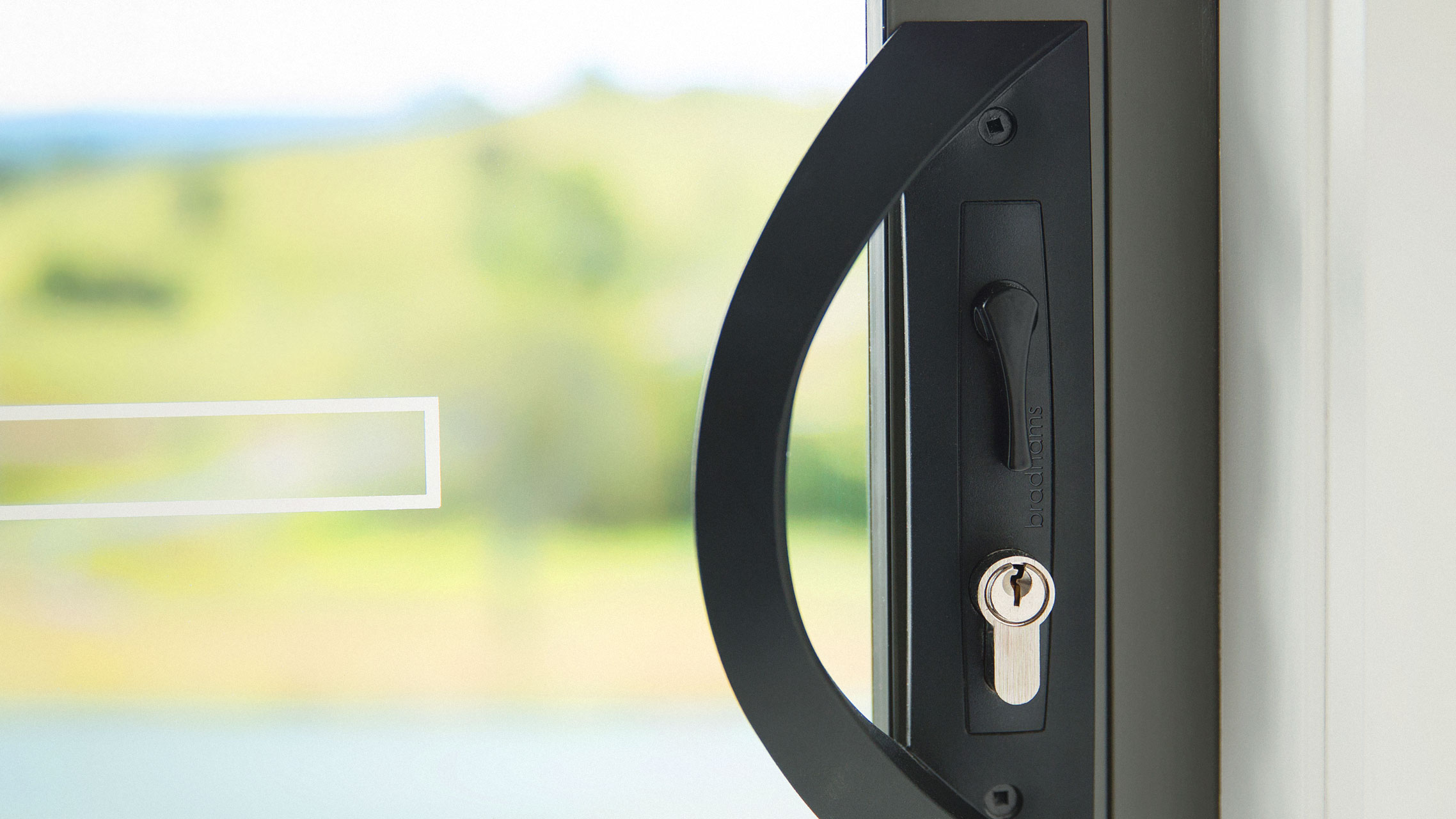

Security & Surveillance
How To Pick A Sliding Door Lock
Modified: August 16, 2024
Learn how to choose the best sliding door lock for your security needs. Explore top options and tips for enhancing home surveillance. Unlock peace of mind today!
(Many of the links in this article redirect to a specific reviewed product. Your purchase of these products through affiliate links helps to generate commission for Storables.com, at no extra cost. Learn more)
Introduction
Security is a primary concern for homeowners and business owners alike. When it comes to safeguarding your property, installing a reliable sliding door lock is paramount. Sliding doors are a popular feature in many homes and commercial spaces due to their aesthetic appeal and space-saving design. However, their unique configuration necessitates a specialized approach to security. In this comprehensive guide, we will explore the various types of sliding door locks, factors to consider when choosing the right lock, popular brands and models, as well as installation and maintenance tips.
Securing your sliding door is not only about protecting your valuables; it is also about ensuring the safety and well-being of your loved ones or employees. By investing in a high-quality sliding door lock, you can enjoy peace of mind knowing that your property is fortified against unauthorized access and potential intruders.
Whether you are a homeowner looking to enhance the security of your residence or a business owner seeking to fortify your commercial space, selecting the right sliding door lock is a crucial decision. With the myriad of options available in the market, it can be overwhelming to determine the most suitable lock for your specific needs. This guide aims to demystify the process, empowering you to make an informed decision that aligns with your security requirements and budget.
Join us as we delve into the world of sliding door locks, unraveling the key considerations for selection, shedding light on popular brands and models, and offering invaluable installation and maintenance insights. By the end of this journey, you will be equipped with the knowledge and confidence to pick a sliding door lock that not only bolsters your property's security but also complements its aesthetic appeal. Let's embark on this enlightening exploration of sliding door locks, where safety meets style.
Key Takeaways:
- Choose a sliding door lock that matches your door material, offers high security, and complements your property’s aesthetics for optimal protection and visual appeal.
- Prioritize professional installation, regular maintenance, and smart lock system updates to ensure seamless operation and long-term security for your sliding door lock.
Read more: How To Pick A RV Door Lock
Types of Sliding Door Locks
Sliding door locks come in various designs, each catering to different security needs and aesthetic preferences. Understanding the distinct types of sliding door locks is essential for making an informed choice that aligns with your specific requirements. Here are the primary types of sliding door locks:
- Surface-Mounted Locks: These locks are installed on the surface of the door and are typically operated with a key. They are visible on the face of the door, serving as a visual deterrent to potential intruders. Surface-mounted locks are available in a range of designs, including key-operated, thumb-turn, and looped-barrel locks, offering versatility and ease of installation.
- Mortise Locks: Mortise locks are recessed into the door, providing a sleek and streamlined appearance. They are often equipped with a latch and a deadbolt, offering enhanced security. Mortise locks are renowned for their durability and resistance to forced entry, making them a popular choice for both residential and commercial sliding doors.
- Keyed Patio Door Locks: Specifically designed for patio doors, these locks feature a key-operated mechanism and are installed either on the door’s stile or the floor. They are engineered to withstand outdoor elements and provide robust protection for sliding patio doors, which are commonly targeted entry points for burglars.
- Security Bars: While not traditional locks, security bars are an effective additional security measure for sliding doors. These bars are positioned horizontally or vertically to prevent the door from being forcibly slid open. Security bars are often adjustable and can be easily engaged or disengaged to allow for convenient access.
- Smart Lock Systems: With advancements in technology, smart lock systems have revolutionized home security. These innovative locks are integrated with smart home ecosystems, allowing remote operation via smartphones and providing features such as activity logs and customizable access permissions. Smart lock systems offer convenience, connectivity, and advanced security features for modern homeowners and businesses.
Each type of sliding door lock presents unique advantages in terms of security, aesthetics, and functionality. By evaluating the specific requirements of your property and understanding the characteristics of each lock type, you can make a well-informed decision that enhances the security and style of your sliding doors.
Factors to Consider When Choosing a Sliding Door Lock
When selecting a sliding door lock, several crucial factors should be taken into account to ensure that you choose a lock that aligns with your security needs and complements the design of your property. Consider the following key factors:
- Security Level: Assess the security features of the lock, including its resistance to picking, drilling, and forced entry. Look for locks with robust deadbolts, sturdy construction, and tamper-resistant components to enhance the security of your sliding doors.
- Door Material and Configuration: The material and configuration of your sliding door can influence the type of lock that is compatible and most effective. Whether you have a wooden, vinyl, aluminum, or glass sliding door, ensure that the chosen lock is suitable for the specific material and design of your door.
- Visibility and Aesthetics: Consider the visual impact of the lock and how it complements the overall aesthetics of your property. Surface-mounted locks may provide a visible deterrent to intruders, while mortise locks offer a sleek and discreet appearance. Choose a lock that not only enhances security but also integrates seamlessly with your door’s design.
- Ease of Operation: Opt for a lock that offers convenient and intuitive operation for daily use. Whether it is a key-operated lock, a thumb-turn mechanism, or a smart lock system, prioritize ease of use without compromising on security.
- Weather Resistance: For sliding doors exposed to outdoor elements, such as patio doors, select a lock that is designed to withstand varying weather conditions. Look for corrosion-resistant materials and durable finishes to ensure long-term functionality and reliability.
- Code and Compliance: Familiarize yourself with local building codes and security regulations to ensure that the chosen lock meets the necessary standards and requirements. Compliance with industry standards ensures that the lock provides a high level of security and peace of mind.
- Budget and Value: Determine your budget for the lock and consider the value it offers in terms of security features, durability, and warranty. While cost-effective options are available, prioritize the overall value and long-term security benefits when making your decision.
By carefully evaluating these factors, you can narrow down the options and select a sliding door lock that not only meets your security needs but also harmonizes with the architectural and functional aspects of your property. A well-chosen lock not only fortifies your property against unauthorized access but also enhances its visual appeal and usability.
When picking a sliding door lock, look for one with a strong and durable construction, a secure locking mechanism, and a keyway that is resistant to picking and bumping.
Popular Brands and Models
When it comes to selecting a sliding door lock, numerous reputable brands offer a diverse range of models, each with distinct features and security attributes. Understanding the popular brands and models can aid in making an informed choice that aligns with your specific security requirements. Here are some renowned brands and their popular sliding door lock models:
- Schlage: Known for its commitment to security and innovation, Schlage offers a variety of sliding door locks, including the Schlage B60N Deadbolt and the Schlage Century Front Entry Handle and Latitude Lever.
- Kwikset: With a focus on advanced technology and user-friendly design, Kwikset presents an array of sliding door locks, such as the Kwikset 991 Juno Entry Knob and the Kwikset 335 Round Pocket Door Lock.
- Baldwin: Renowned for its premium craftsmanship and elegant designs, Baldwin provides high-quality sliding door locks, including the Baldwin Prestige Alcott Entry Knob and the Baldwin Estate Patio Deadbolt.
- Yale: A leader in residential and commercial security solutions, Yale offers innovative sliding door locks, such as the Yale Assure Lock SL with Z-Wave and the Yale Real Living Key Free Touchscreen Deadbolt.
- Prime-Line: Specializing in a wide range of hardware products, Prime-Line features durable and versatile sliding door locks, including the Prime-Line C 1225 Sliding Patio Door Handle Set and the Prime-Line U 9862 Sliding Door Lock.
These brands and their respective models exemplify a commitment to quality, security, and aesthetic appeal. Whether you prioritize advanced security features, sleek design, or smart lock integration, these popular brands offer a diverse selection to cater to various preferences and requirements.
It is essential to conduct thorough research and, if possible, examine the physical products to gain a firsthand understanding of their features and functionality. Additionally, consulting with security experts or seeking recommendations from trusted sources can provide valuable insights into the performance and reliability of specific sliding door lock models.
By exploring the offerings of these reputable brands and evaluating the features of their popular models, you can make a well-informed decision when choosing a sliding door lock that not only elevates the security of your property but also reflects your personal style and preferences.
Installation and Maintenance Tips
Proper installation and regular maintenance are essential for ensuring the optimal functionality and longevity of your sliding door lock. By following these installation and maintenance tips, you can maximize the security and performance of your lock while prolonging its lifespan:
- Professional Installation: For complex lock systems or if you are unsure about the installation process, consider hiring a professional locksmith or installer. Proper installation ensures that the lock operates smoothly and securely, minimizing the risk of malfunctions or vulnerabilities.
- Alignment and Adjustment: Ensure that the sliding door, frame, and lock components are properly aligned for seamless operation. Periodically check and adjust the alignment to prevent excessive wear and tear on the lock mechanism.
- Lubrication: Apply a silicone-based or graphite lubricant to the moving parts of the lock, including the keyway, deadbolt, and latch. Regular lubrication reduces friction, prevents corrosion, and sustains the smooth operation of the lock.
- Cleanliness: Keep the lock and its surrounding area clean from dust, debris, and other contaminants. Use a soft, dry cloth to remove dirt and grime, ensuring that the lock components remain free from obstructions that could impede their functionality.
- Inspecting Components: Routinely inspect the lock components, including the key cylinder, strike plate, screws, and mounting hardware. Look for signs of wear, corrosion, or loose fittings, and promptly address any issues to maintain the integrity of the lock.
- Security Assessment: Periodically assess the overall security of your sliding door and lock system. Verify that the lock is operating as intended and that there are no vulnerabilities or signs of tampering. Address any security concerns promptly to uphold the effectiveness of the lock.
- Smart Lock Maintenance: If you have a smart lock system, ensure that the associated app and firmware are regularly updated to benefit from the latest security enhancements and features. Additionally, replace the batteries as needed to prevent operational disruptions.
By adhering to these installation and maintenance tips, you can uphold the functionality, security, and durability of your sliding door lock. Consistent care and attention to the lock system contribute to a secure and reliable barrier against unauthorized access, offering you peace of mind and confidence in your property’s protection.
Read more: How To Pick A Lock On A Front Door
Conclusion
Securing your property with a robust sliding door lock is a vital investment in safeguarding your loved ones, belongings, and assets. By considering the diverse types of sliding door locks, key selection factors, popular brands and models, as well as installation and maintenance tips, you are empowered to make an informed decision that aligns with your security needs and aesthetic preferences.
Choosing the right sliding door lock involves a thoughtful evaluation of security features, door compatibility, visual impact, ease of operation, weather resistance, code compliance, and overall value. By prioritizing these factors, you can select a lock that not only fortifies your property but also enhances its visual appeal and usability.
Exploring the offerings of renowned brands such as Schlage, Kwikset, Baldwin, Yale, and Prime-Line unveils a diverse array of sliding door lock models, each exemplifying a commitment to quality, security, and style. Thorough research, physical examination of products, and expert recommendations are invaluable in identifying the most suitable lock for your specific requirements.
Upon selecting a sliding door lock, meticulous installation and regular maintenance are paramount for optimizing its performance and longevity. Whether it involves professional installation, alignment and lubrication, cleanliness, component inspection, or smart lock system maintenance, proactive care ensures that your lock operates seamlessly and securely.
As you embark on the journey of selecting and installing a sliding door lock, remember that security is not a one-size-fits-all endeavor. Tailoring your choice to align with your property’s unique characteristics and your individual preferences is key to achieving a harmonious blend of security, functionality, and style.
With the knowledge and insights gained from this guide, you are well-equipped to make a confident and informed decision when choosing a sliding door lock. By prioritizing security without compromising on aesthetics, you can fortify your property with a reliable and visually appealing lock, offering peace of mind and protection for years to come.
Frequently Asked Questions about How To Pick A Sliding Door Lock
Was this page helpful?
At Storables.com, we guarantee accurate and reliable information. Our content, validated by Expert Board Contributors, is crafted following stringent Editorial Policies. We're committed to providing you with well-researched, expert-backed insights for all your informational needs.
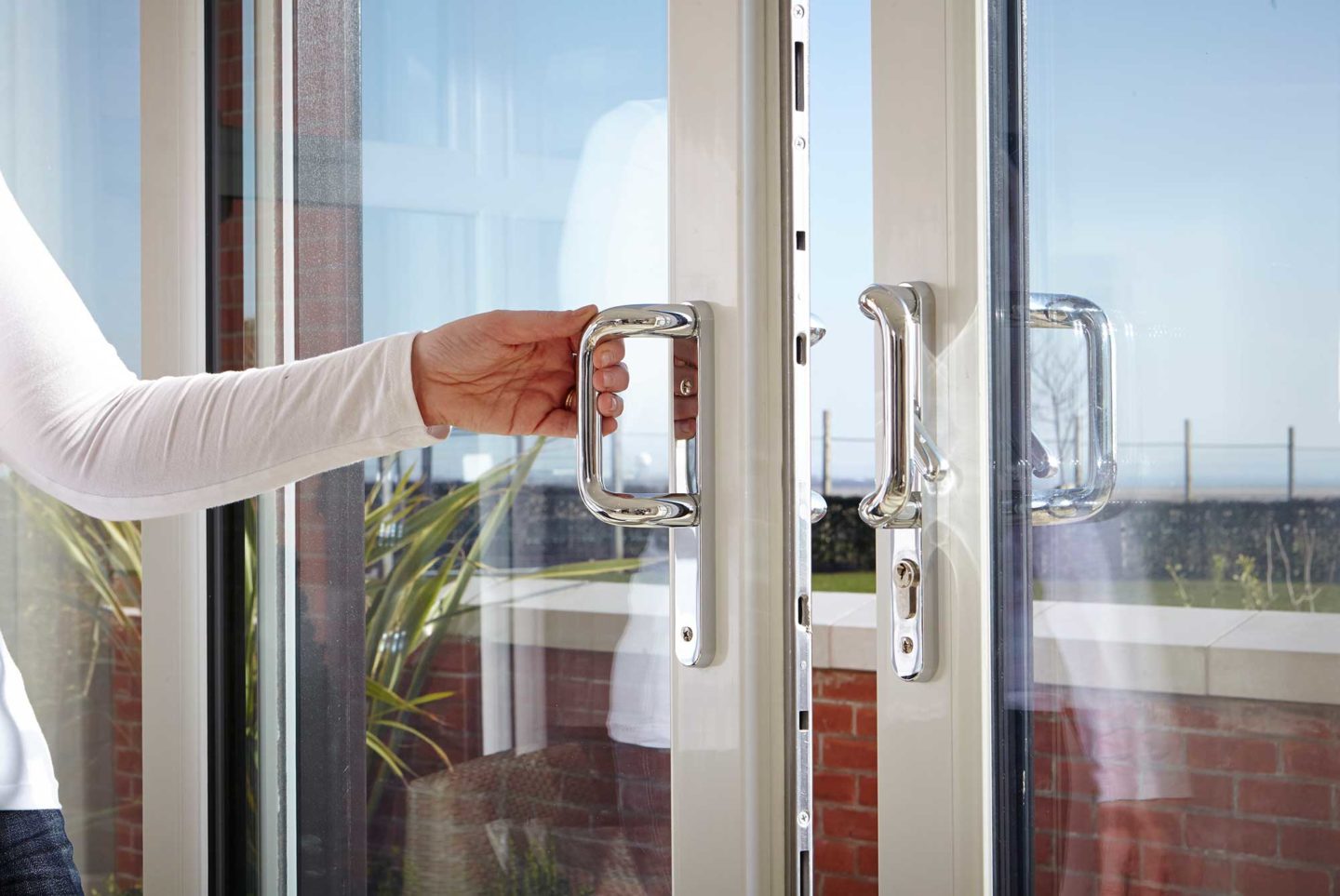
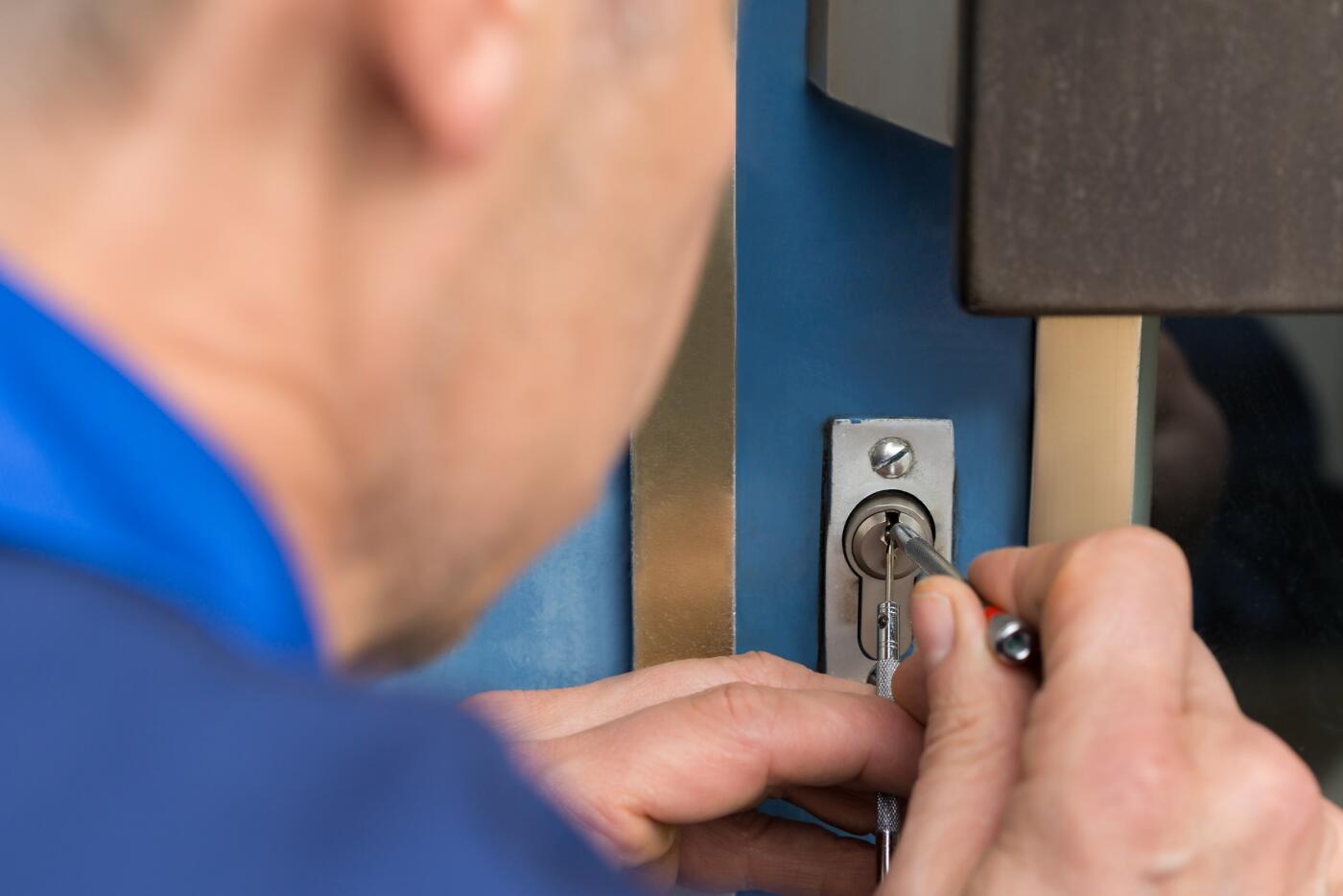
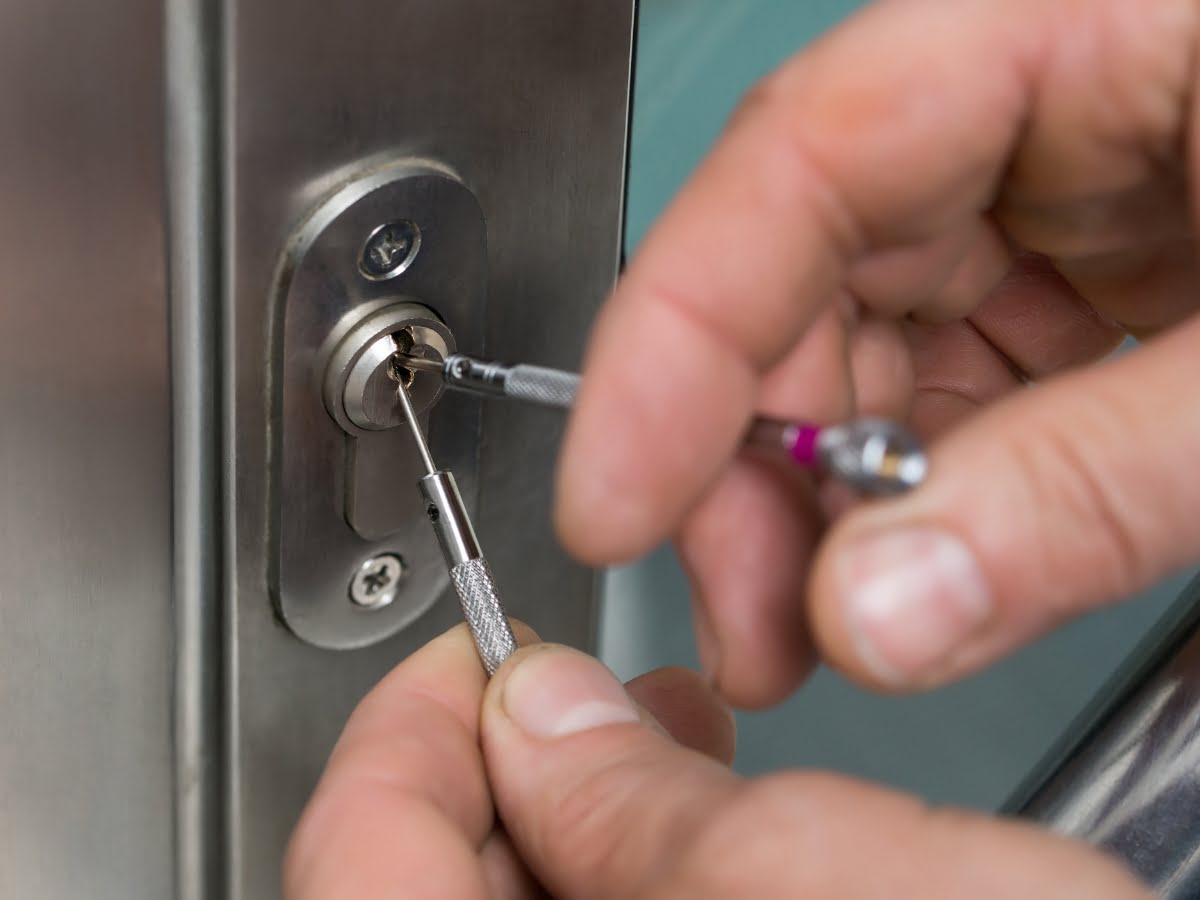
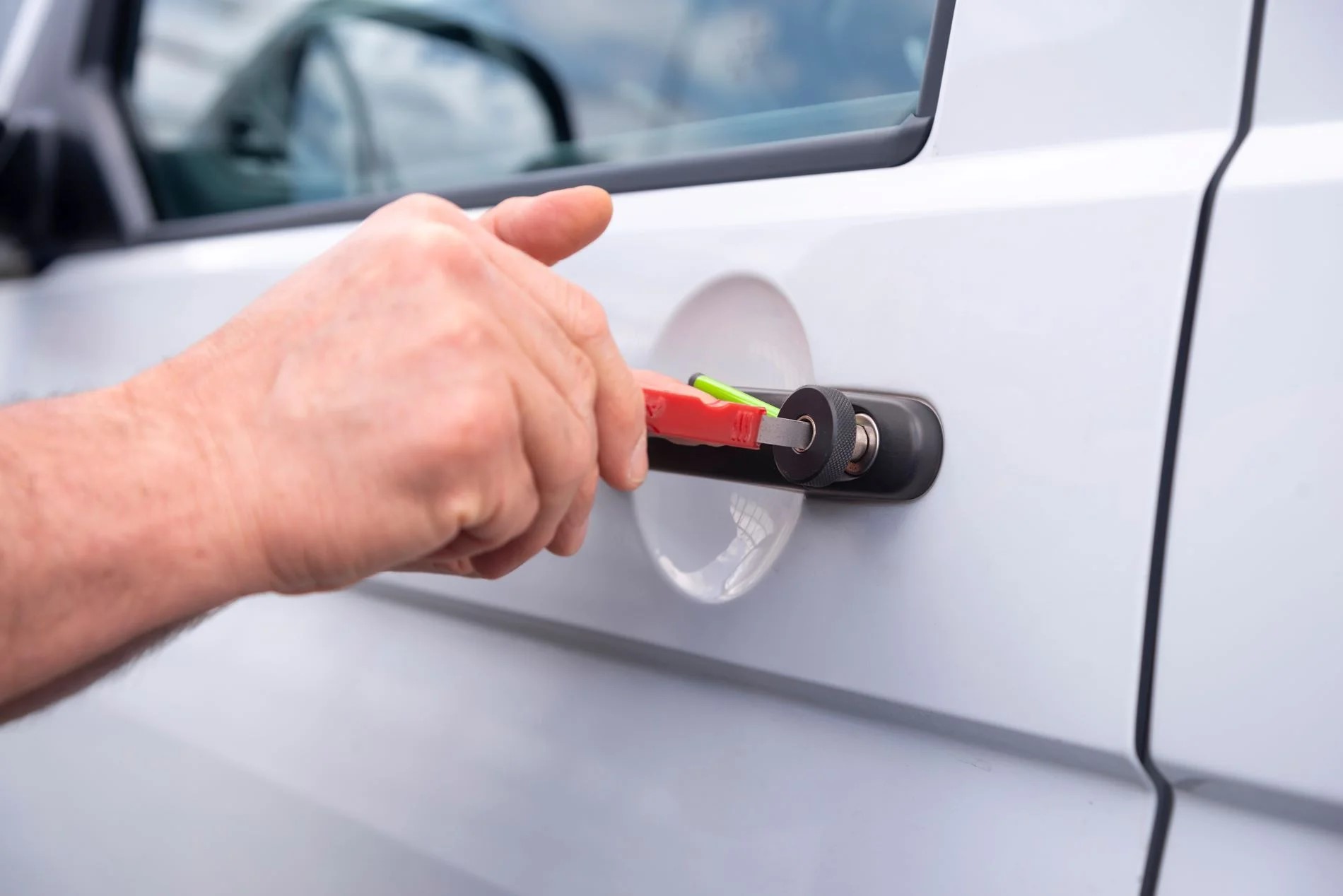
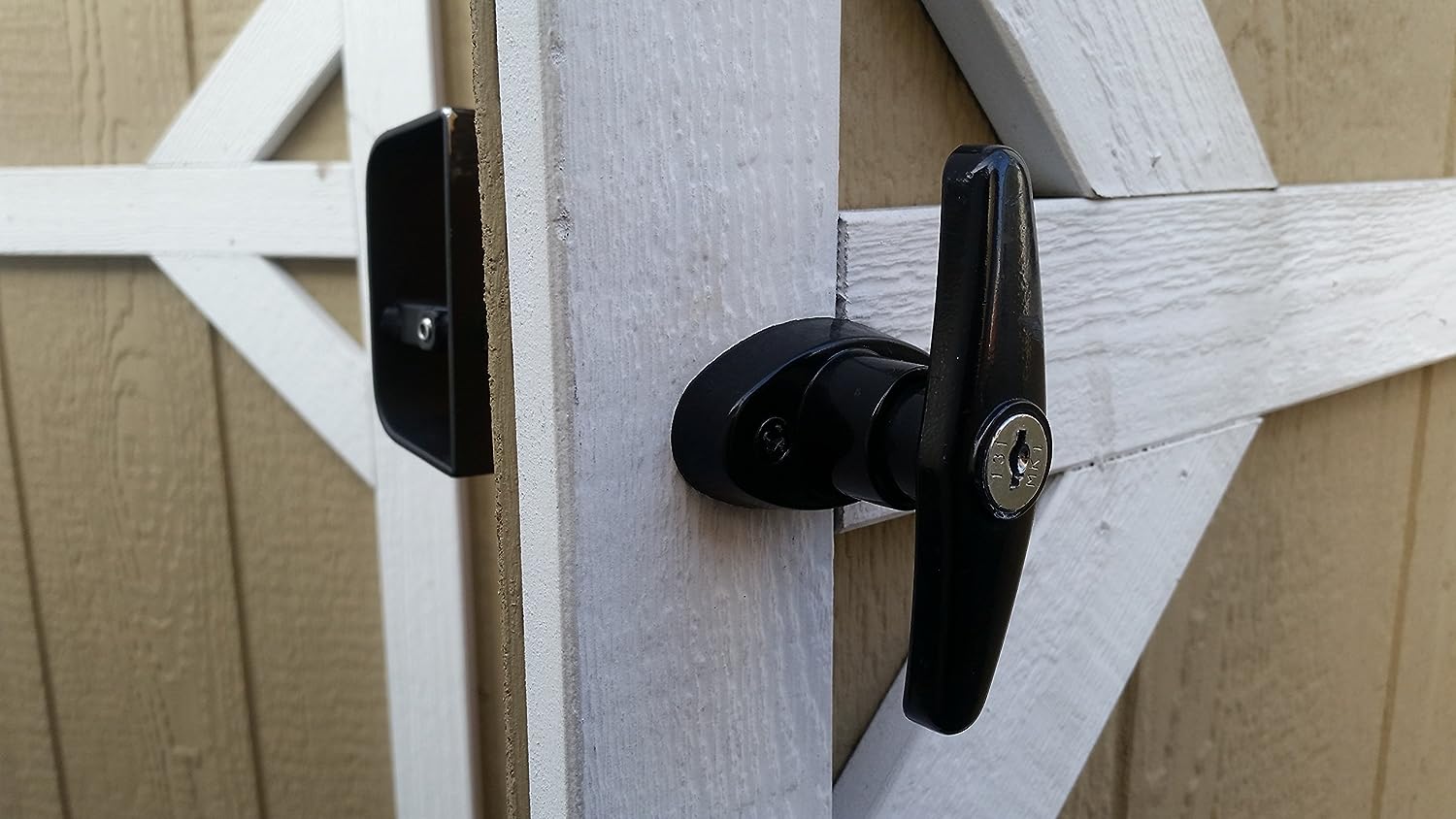
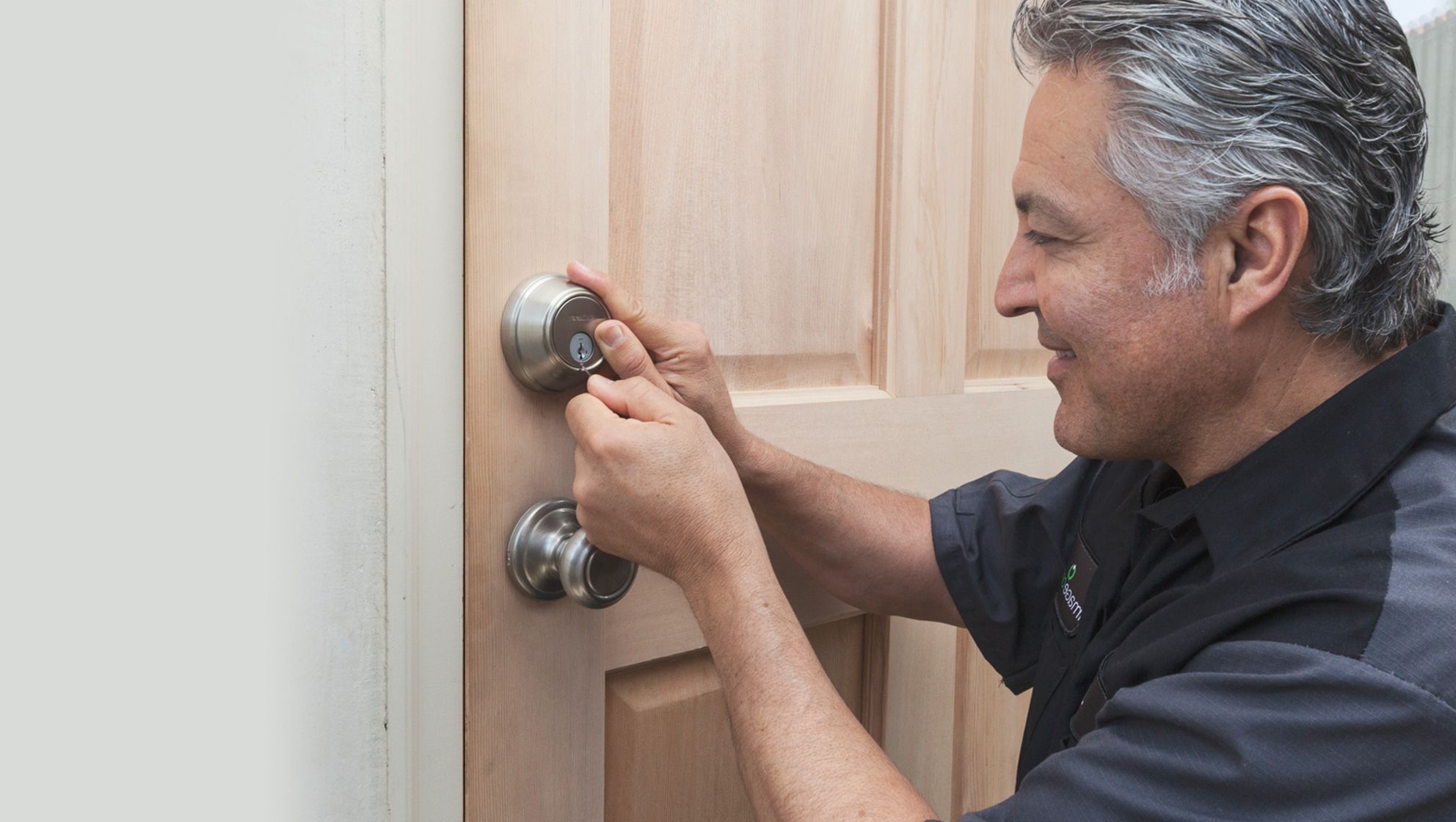

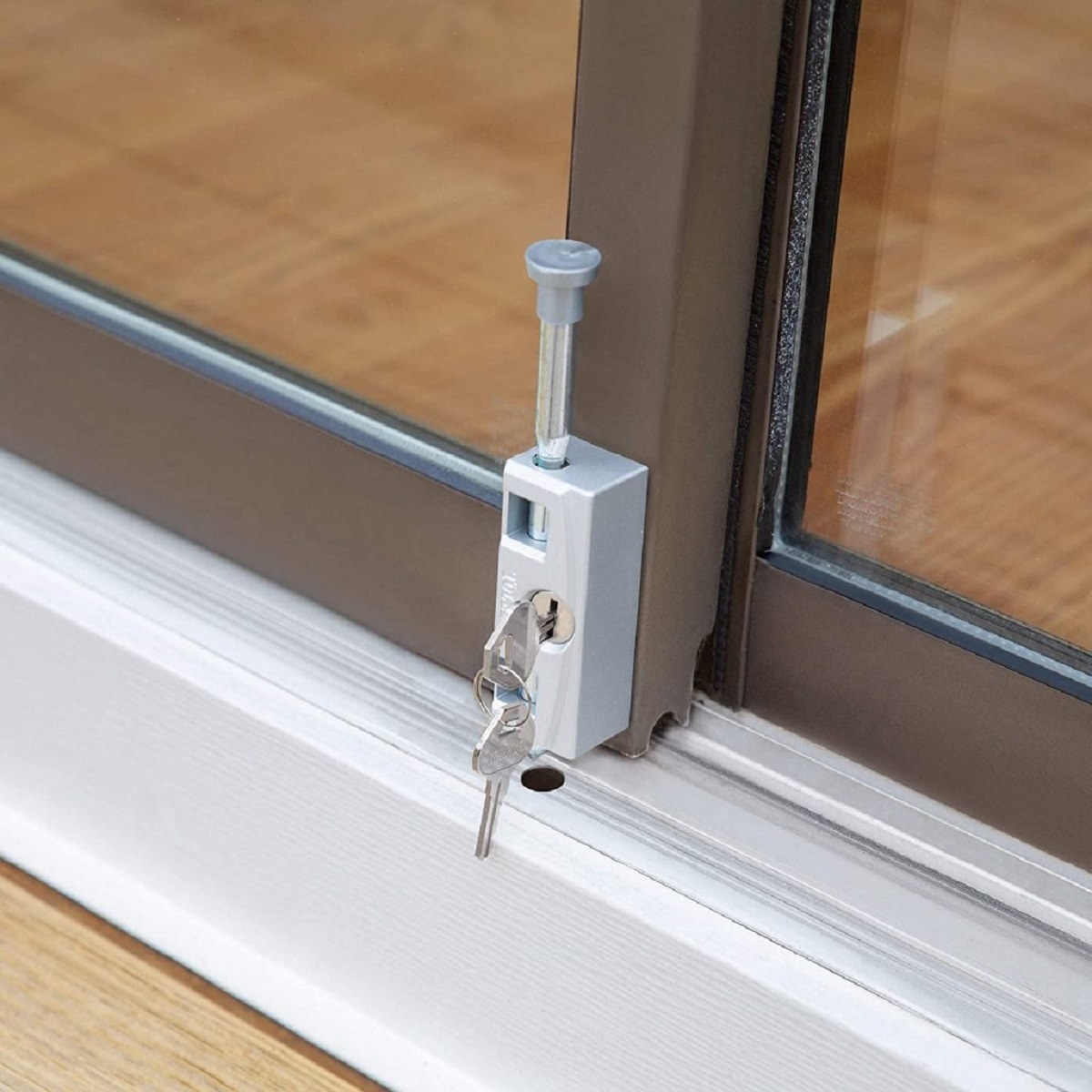
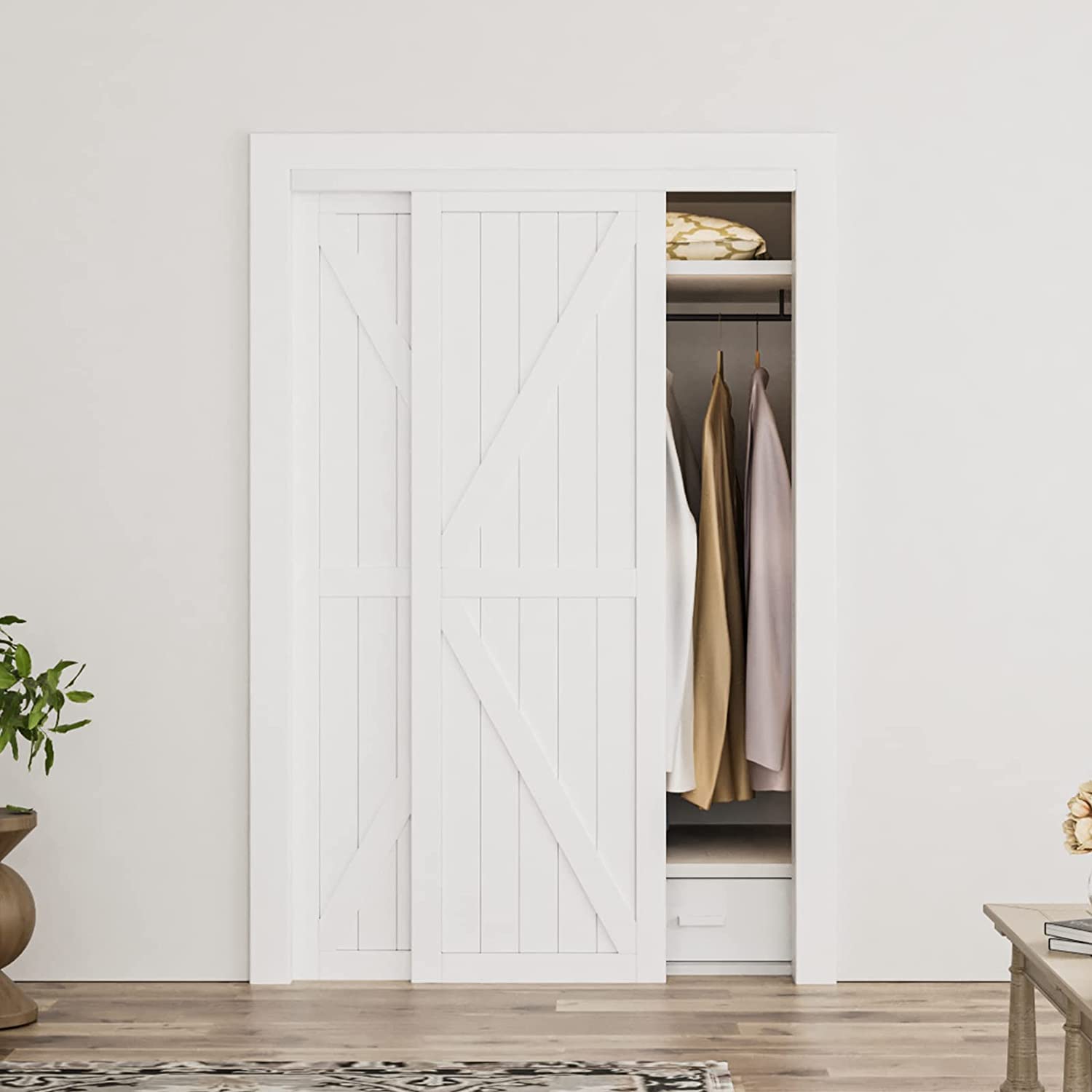
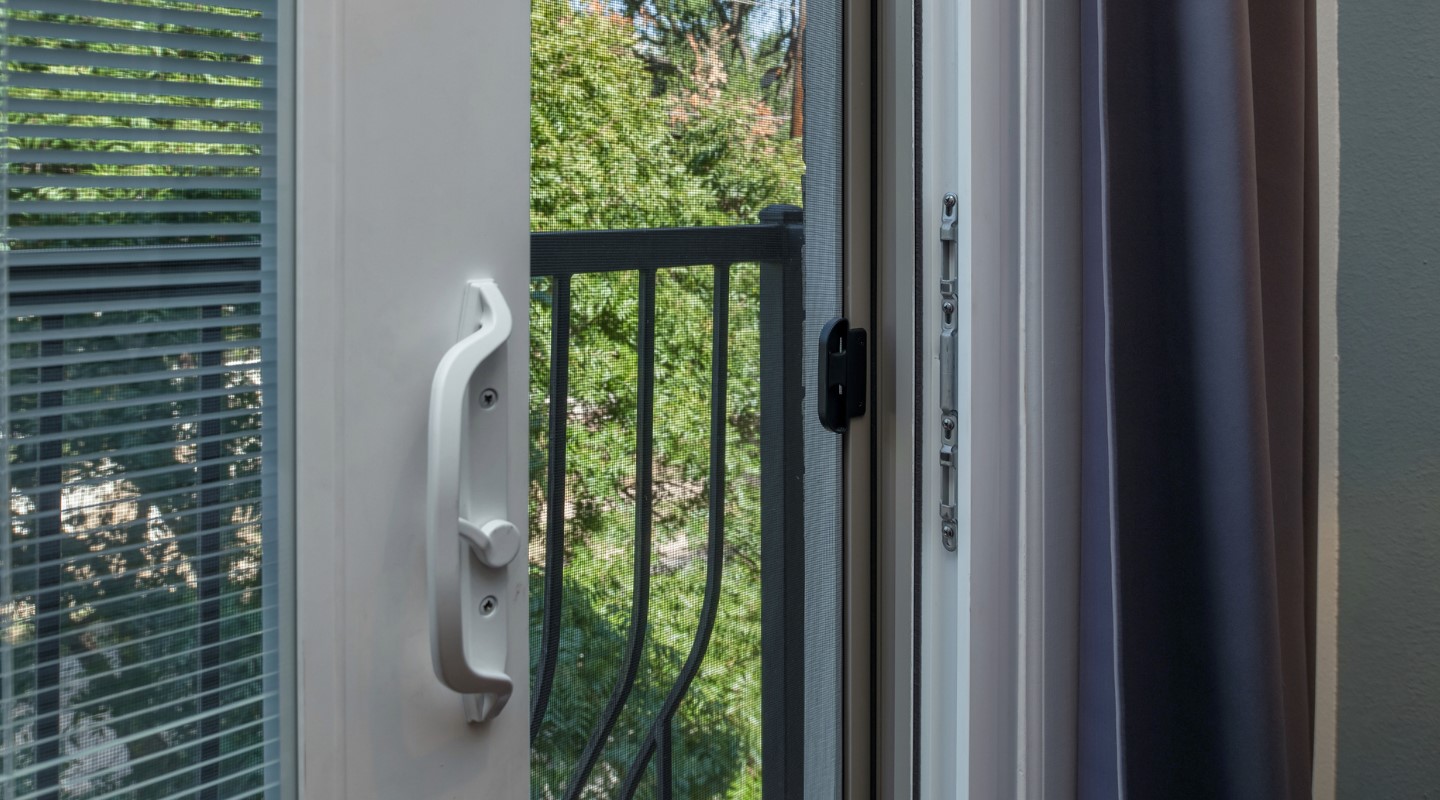
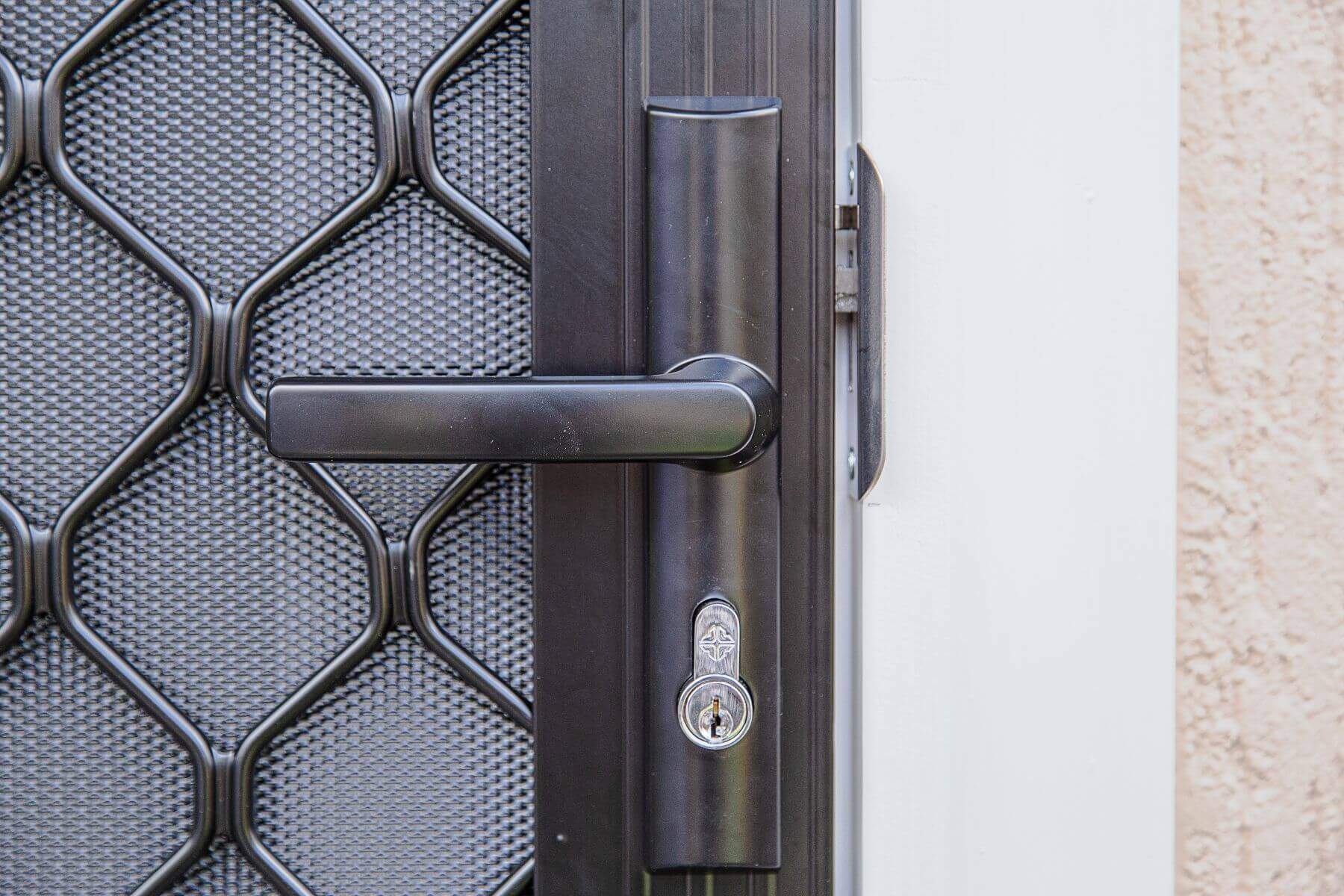
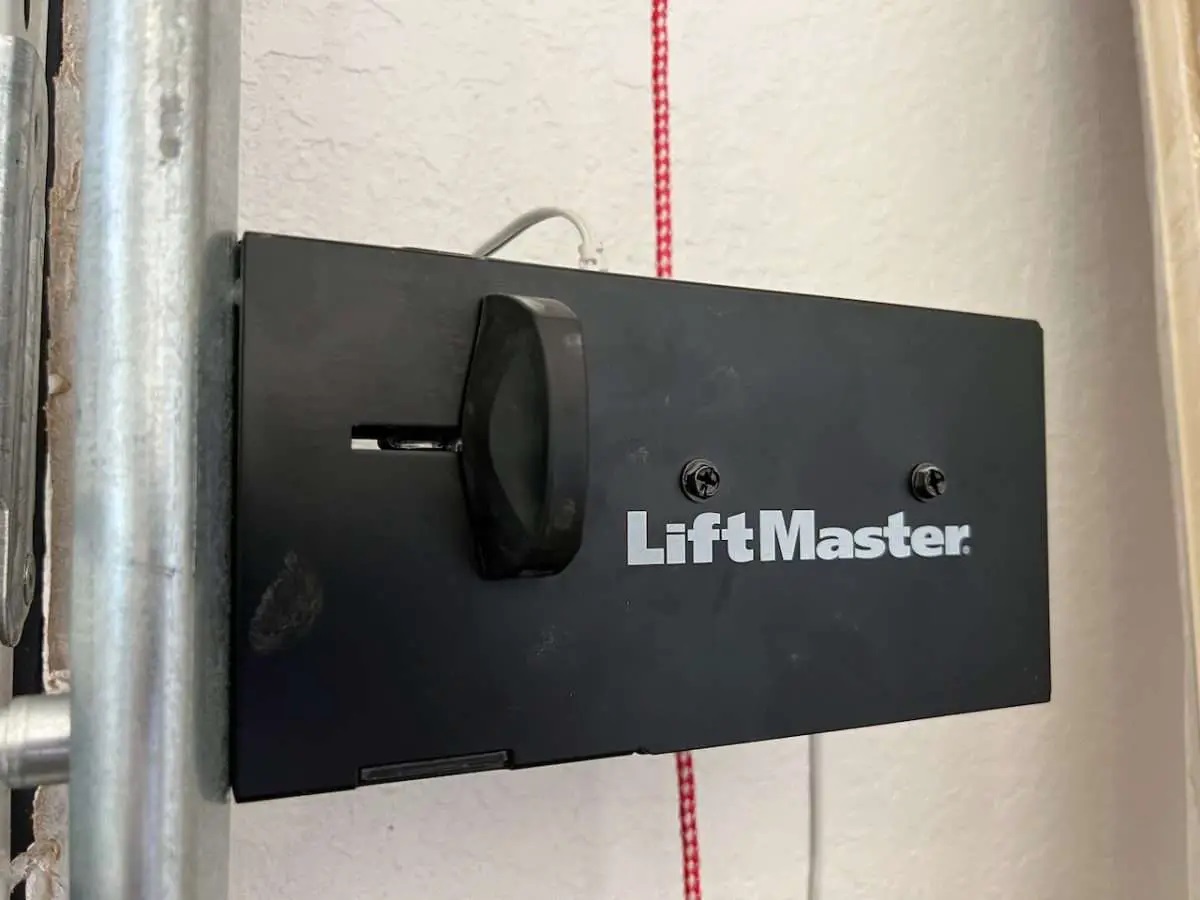

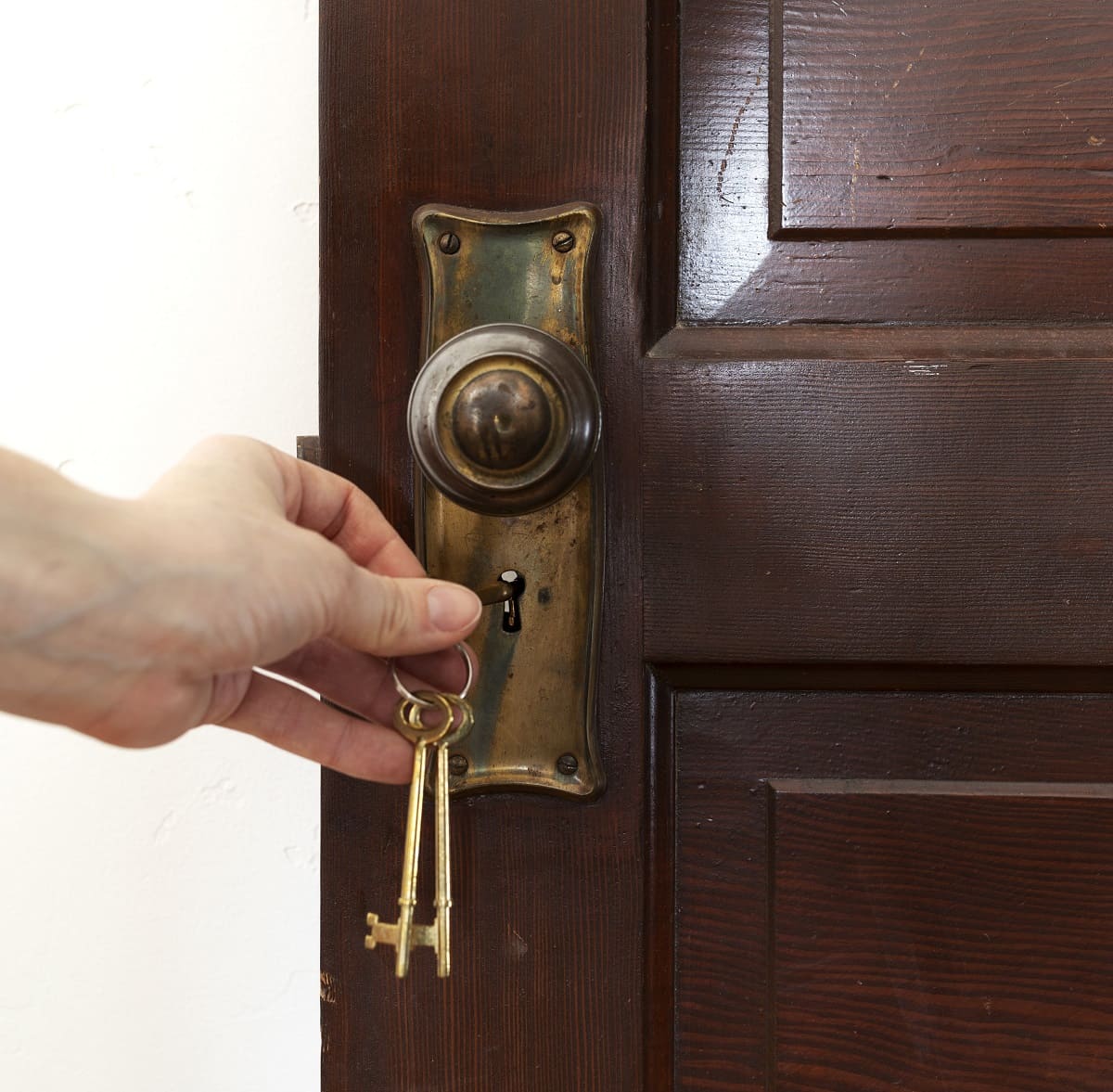

0 thoughts on “How To Pick A Sliding Door Lock”